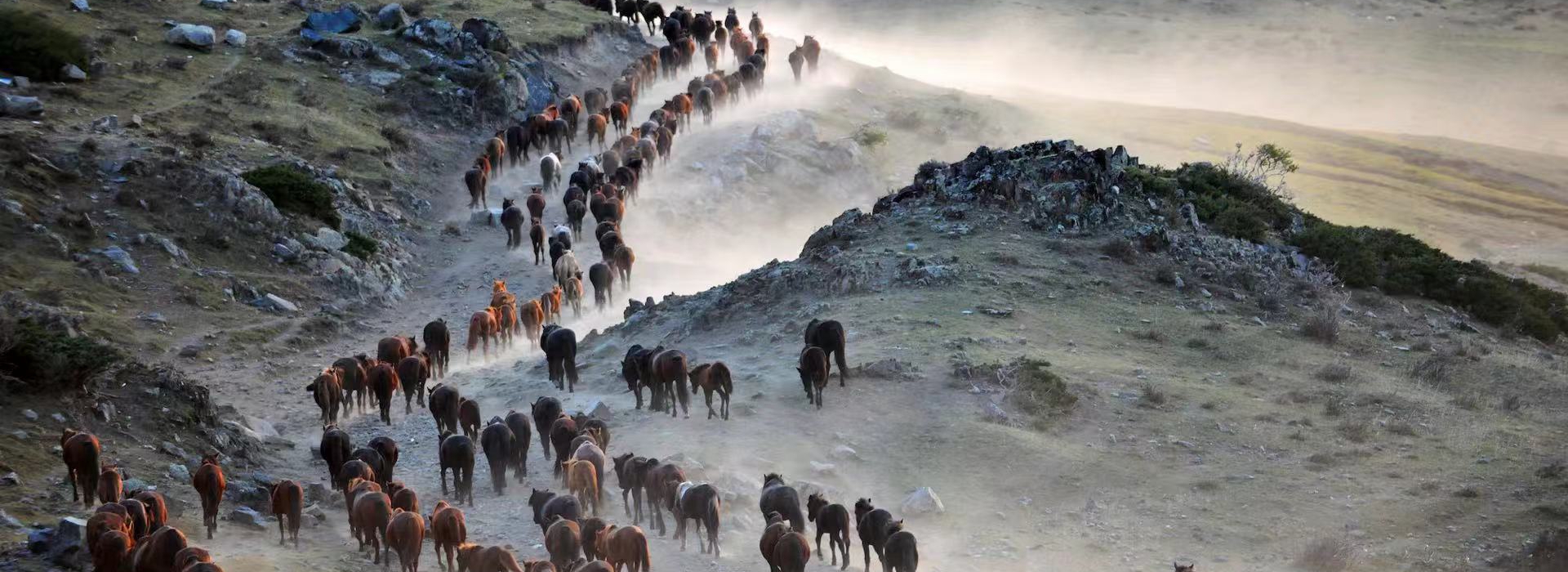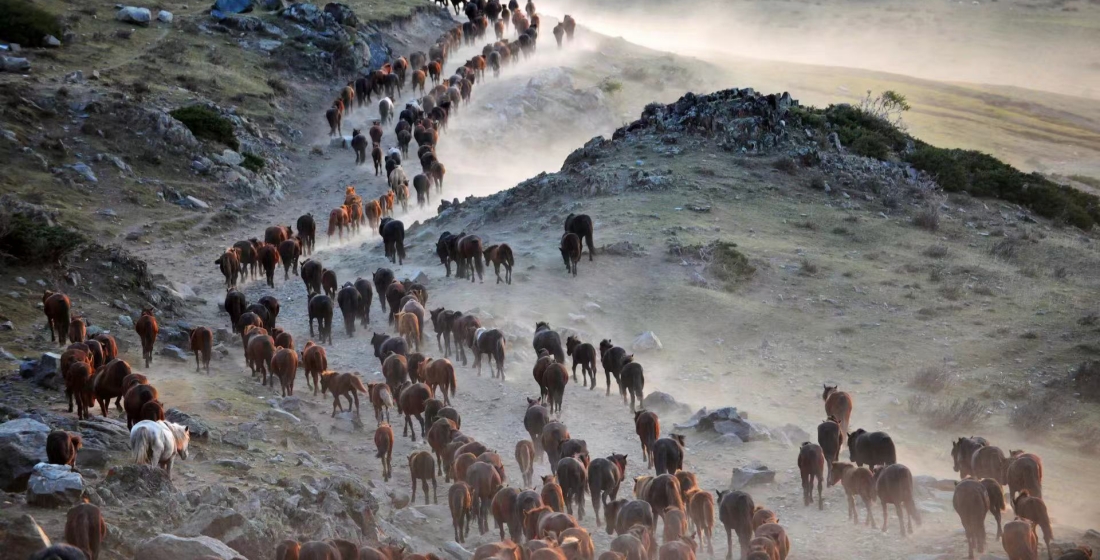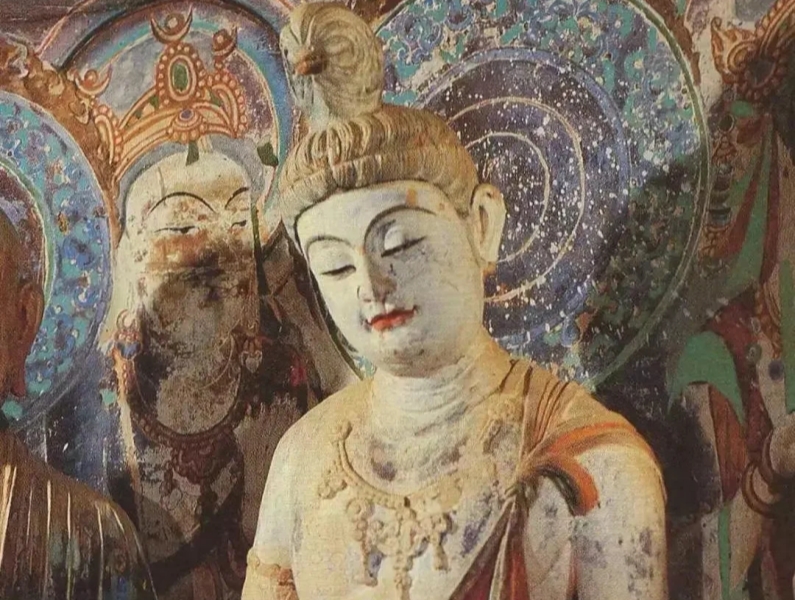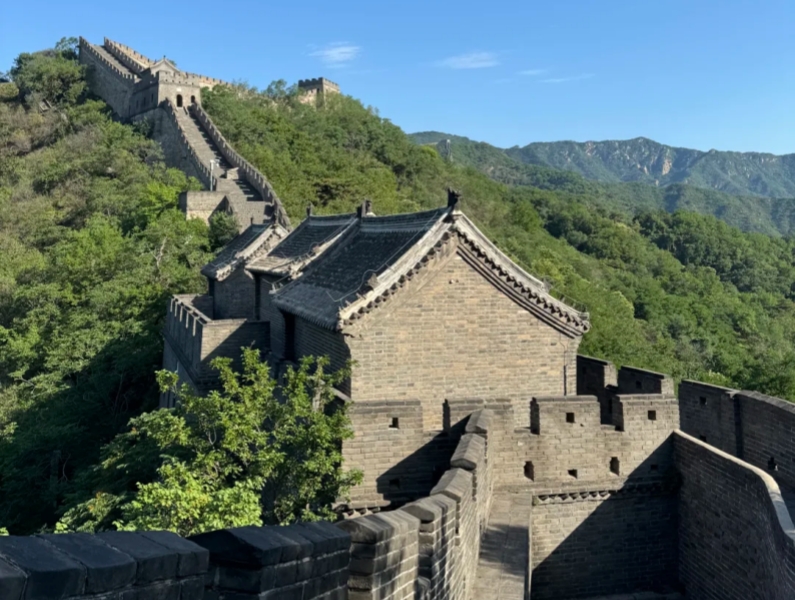How to Plan a Winter Trip to China
Winter (December to February) is often a more affordable and less crowded time to visit China. The country offers a variety of winter attractions and activities:
▪ Thrilling and well-equipped ski resorts
▪ Stunning winter landscapes
▪ Major winter festivals, such as the Harbin Ice and Snow Festival and the Spring Festival (Chinese New Year), adding a festive spirit to the cold season.
In this guide, we’ll share helpful tips to help you plan the perfect winter trip to China.
1. The Top 5 China Winter Destinations
Here are some of China’s top winter destinations, offering everything from snow-covered vistas to vibrant winter festivals and activities.
⭐ Beijing — The Great Wall, Skiing, Chinese New Year Celebrations
Winter in Beijing offers a peaceful opportunity to explore the Great Wall, where you can enjoy the snowy landscapes without the usual crowds.
It's also an excellent time to experience the local celebrations for Chinese New Year. Immerse yourself in the festive atmosphere, take part in outdoor activities, and sample the best of Beijing's winter cuisine.
For skiing enthusiasts, we can arrange a visit to an Olympic Winter Games venue, where you can enjoy world-class ski facilities and the excitement of winter sports.
⭐ Harbin — Ice and Snow Festival, Skiing
If you're looking for breathtaking snow landscapes and a fun or romantic Christmas or New Year experience with your family or loved ones, the Harbin Ice and Snow Festival is a must-see.
As Harbin's signature winter attraction, the Ice and Snow Festival runs from late December to February, transforming the city into a magical world of ice sculptures.
For skiing enthusiasts, the Yabuli Ski Resort, located not far from Harbin, is one of China's top destinations. If you're particularly drawn to snowy scenery, consider extending your trip to Changbai Mountain, where you can admire the stunning rime ice and enjoy activities like rafting on a hot spring river.
⭐ Chengdu — Pandas, Hot Pot, Skiing
Chengdu is a must-visit for panda lovers. During winter, the pandas remain active and playful in their enclosures, as they’re not bothered by the cold.
For foodies, there's nothing like enjoying a steaming hot pot on a chilly winter day—an experience you can't miss.
If you're looking for snowy landscapes, skiing, and hot springs, Bipenggou National Park, a hidden winter gem near Chengdu, is the perfect destination.
⭐ Xi'an — The Terracotta Warriors
Xi'an is a must-see destination for first-time visitors to China, regardless of the season. As the ancient capital where China’s first emperor established his rule, it is home to the renowned Terracotta Warriors, which serve as his mausoleum.
If you’re fortunate enough to experience a snowy day, Xi'an transforms into a breathtaking winter wonderland, especially when viewed from the Old City Wall, offering a glimpse into medieval China from over a thousand years ago.
⭐ For More Ideas
China is a vast and diverse country, with countless destinations to explore beyond those mentioned above. If you prefer mild weather or are looking for a beach holiday, Yunnan or Sanya are excellent options.
For a more unique snow-filled adventure and festive atmosphere, consider visiting northern Xinjiang or Inner Mongolia.
We offer fully personalized services. Share your interests and requirements with us, and we will craft a custom tour just for you. You can also explore our suggested itineraries, all of which can be tailored to suit your needs. Feel free to reach out to us for more information.
2. What's the Weather Like in Winter in China
Winter in China spans from December to February, with January typically being the coldest month. If you're looking to enjoy snowy landscapes and winter activities, January and February are usually the best months to visit.
For milder temperatures, consider traveling in December, especially early in the month when there are fewer tourists.
Winter across most of China is cold but generally sunny and dry, with distinct differences between the north and south.
In North China, temperatures typically hover around 0°C (32°F) or below, often accompanied by snow. This is where you'll find China’s top natural ski resorts, such as those near Beijing and Harbin.
In southern China, temperatures are usually between 5–10°C (41–50°F), with little to no snowfall. Cities like Guilin and Guangdong often enjoy mild winter weather, around 15°C (59°F).
For those seeking sunshine and beach weather, Hainan Island in the far south is a great destination, with winter temperatures staying around 20°C (68°F). Yunnan, in the southwest, offers a warm winter climate in its southern regions, though temperatures can vary from mild to cold in the northern areas, depending on the altitude.
3.Costs for a Winter Trip to China
Winter is generally an affordable time to travel to China, except for certain holidays like Christmas, New Year, and Chinese New Year, when prices for flights and hotels can rise significantly.
For a private tour, the typical cost ranges from US$220 to US$350 per day per person. This includes flights or trains within China, 4- or 5-star accommodations, meals, entry fees to attractions, guides, and private transport. Children under 10 enjoy a 30% to 50% discount.
To secure your trip, we recommend booking at least 3 to 6 months in advance.
4.Crowding During a Winter Trip to China
Winter is typically the off-season for tourism in China, meaning crowds are usually not a concern. However, certain holidays do lead to higher volumes of local tourists at popular attractions.
Christmas is not widely celebrated as an official holiday in China, so December tends to have fewer tourists. The New Year's Day holiday, from January 1 to 3, does bring some crowds.
Chinese New Year, which falls in late January or early February, results in significant increases in travel, especially at train stations and airports, as many people head home for family reunions. Despite the travel rush, the popular tourist spots are usually quieter, as most Chinese citizens spend the holiday at home.








.png)


